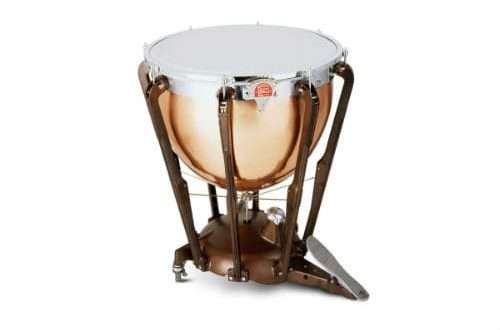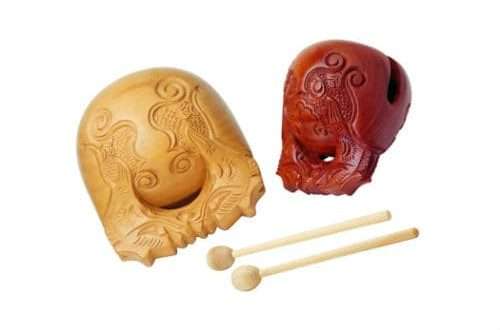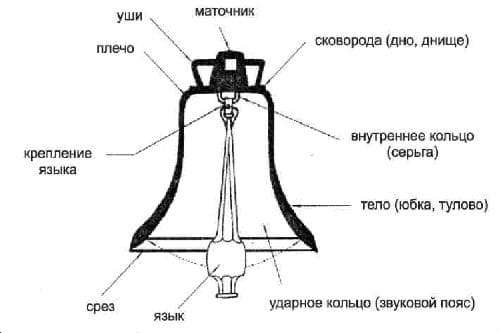
Bell: instrument composition, history, use, varieties
An ancient representative of the percussion family carries a sacred meaning in its sound. In every city of Russia, church bells are heard announcing the beginning of divine services. And in the academic sense, this is an orchestral musical instrument, the history of which goes back to the mists of time.
Bell device
It consists of an empty dome in which sound is formed, and a tongue located inside along the axis. The lower part is expanded, the upper one is narrower, crowned with a “head” and a “crown”. The structure is cast from different metals, most often it is bell bronze, less often cast iron, iron, even glass are used.
The device is suspended on a support or fixed on a rocking base. The sound is excited by swinging the tongue and striking it against the walls, or by swinging the dome itself.

In Europe, bells that do not have a tongue are more common. To extract the sound, they need to be beaten with a mallet on the dome. The Europeans are rocking the body itself, and in Russian musical culture the language is set in motion.
History
Most likely the very first bells could appear in China. Findings dating back to the XNUMXth century BC testify to this. The first musical instrument of several dozen copies was also created by the Chinese. In Europe, such structures appeared two centuries later.
In Russia, the history of the bell began with the advent of Christianity. Since ancient times, people believed that ringing, noise, rattling drive away evil spirits, bells have become an attribute of shamans for many centuries.
From the beginning of the XNUMXth century, signal bells appeared in Novgorod, Vladimir, Rostov, Moscow, and Tver. They were imported. The origin of the name is attributed to the Old Russian word “kol”, which meant “circle” or “wheel”.
And in 1579 a foundry appeared in Novgorod, where bells were cast. The masters were able to find the ideal formula for the alloy, it should have been 80 percent copper and 20 percent tin.
In Russia in the 18th century, these instruments had different weights and dimensions. The dimensions of some were so impressive that they gave the device a name. Such names of bells as “Tsar Bell”, “Annunciation”, “Godunovsky” are known.

There are various interesting files about bells:
- At the dawn of Christianity, they were considered pagan attributes.
- In different countries, the instrument could serve purposes far from the Orthodox faith: in Italy it called when it was time to put the dough for bread, in Germany the sound could mean the beginning of cleaning on the streets, and in Poland it informed residents that beer establishments had opened.
- When changing captains on the International Space Station, the bell is always rung.
The use of the musical instrument ceased with the coming to power of the Bolsheviks. In 1917, the churches were ruined, the bells were handed over to non-ferrous metal for remelting. To the libraries. Lenin in Moscow, you can see high reliefs with images of scientists and writers. To create them, the tools taken from the belfries of eight metropolitan churches were melted down.
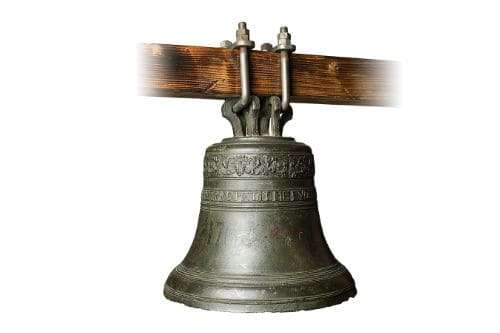
Use of bells
In Russian music, the use of the classical bell is based on a variety of shapes and sizes. The larger the composition, the lower its sound. The instrument is monophonic, that is, it is capable of creating only one sound. The middle one is recorded in the score in the bass clef an octave lower than the sound, the small one – in the violin clef. Too much weight of a bell with an even lower sound precludes its use in music due to the impossibility of placing it on the stage.
Composers used varieties of bells to emphasize the special effects associated with the plot. Classical designs have been used in theaters since the end of the XNUMXth century. They were replaced by orchestral ones, which began to look different – this is a set of tubes mounted on a frame.
In Russian music, this percussion instrument was used in their works by Glinka, Mussorgsky, Rachmaninoff, Rimsky-Korsakov. The tradition was continued by famous composers of the XNUMXth century: Shchedrin, Petrov, Sviridov.
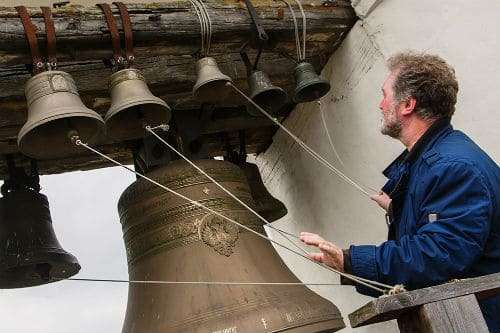
Types of bells
The details of the sound and the structure of the instruments made it possible to divide them into several types:
- ringing – there can be a different number of them, the tongues are connected to each other with a rope attached to the ringing column;
- percussion – come in the form of interconnected 2,3 4 copies;
- medium – types of bells that serve to decorate the main ringing;
- messengers are a signaling instrument that serves to convene people for various services (holidays, weekdays, Sundays).
In the old days, proper names of bells appeared: “Perespor”, “Falcon”, “George”, “Gospodar”, “Bear”.
Chimes – another, separate type used in belfries with clockwork. This is a set of bells of different sizes with a different shape, tuned in accordance with the chromatic or diatonic scale.




